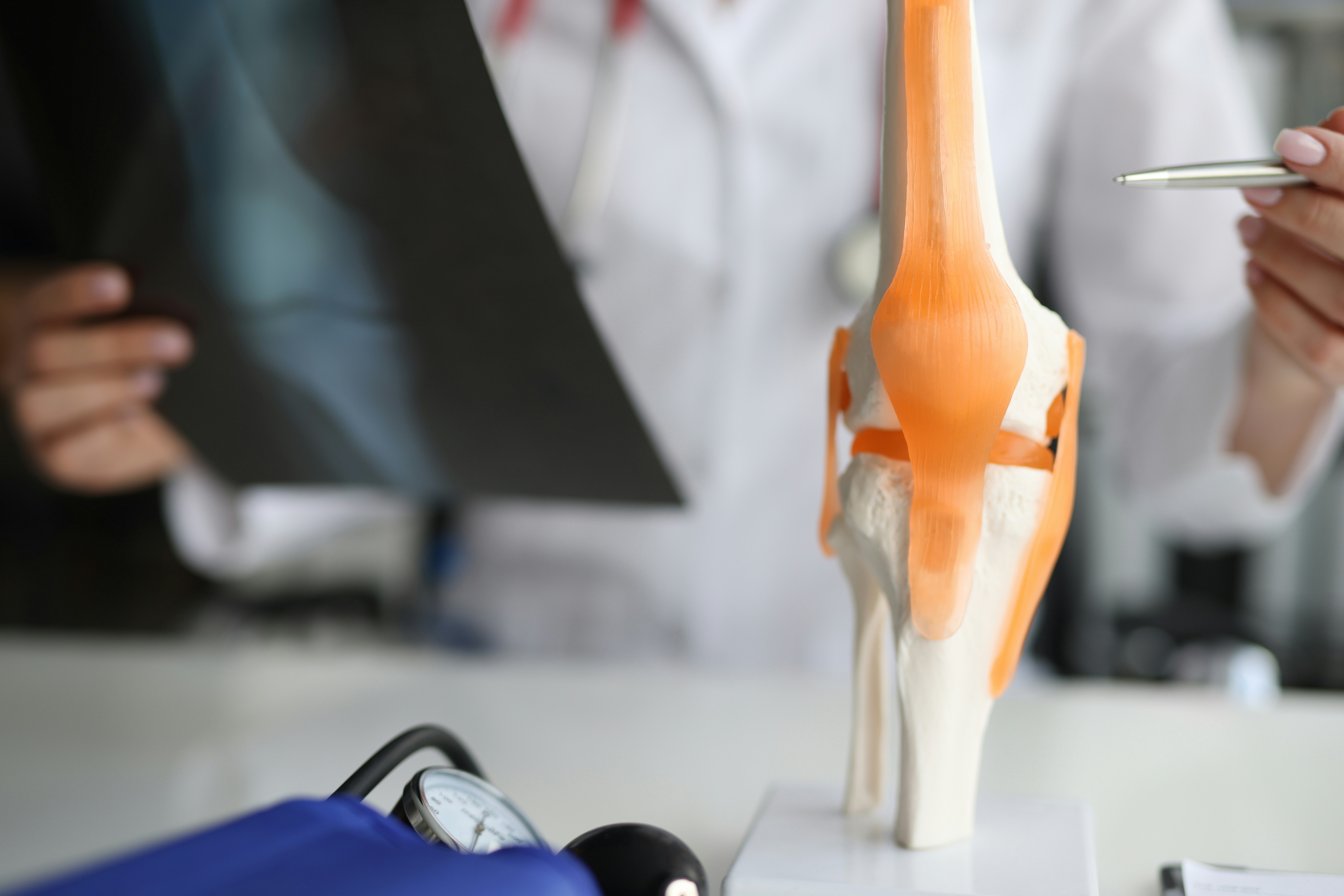
The fascinating world of orthopedic science has evolved tremendously over the past few decades, transforming from a purely mechanical approach to treating musculoskeletal conditions into a sophisticated, multifaceted field that draws expertise from various medical disciplines. Today’s orthopedic care represents a perfect symphony of different specialties working together to provide optimal patient outcomes. This collaborative approach has revolutionized how we understand, diagnose, and treat orthopedic conditions, leading to more effective and personalized treatment strategies.
Integration of Biomechanics and Materials Science
The marriage of biomechanics and materials science has been revolutionary in orthopedic treatments. When you think about the incredible advancements in joint replacements, you’ll find that it’s not just about creating a mechanical solution anymore. Engineers and medical professionals are working side by side to develop materials that can communicate with our bodies at a cellular level. These innovations, from smart polymers to bioactive ceramics, are changing the game in ways we couldn’t have imagined just a few years ago.
The latest developments in this field have given rise to implants that don’t just replace damaged parts but actively promote healing and tissue regeneration. Picture a hip replacement that restores movement and encourages your bone cells to grow and integrate with the implant. This kind of breakthrough is only possible when we bring together experts from different fields, each contributing their unique perspective to solve complex medical challenges.
Molecular Biology and Genetics in Orthopedics
Let’s discuss how molecular biology and genetics have transformed our understanding of orthopedic conditions entirely. Remember when we used to think of arthritis as “wear and tear”? Well, those days are long gone. We now know that there’s an intricate dance of genetic factors, molecular signals, and environmental influences at play. This knowledge has opened up exciting new possibilities for personalized treatment approaches.
Scientists and clinicians can identify specific genetic markers that might predispose someone to certain orthopedic conditions. Understanding a patient’s genetic blueprint can predict and prevent problems before they even start. It’s like having a crystal ball that helps us peek into the future of someone’s musculoskeletal health, allowing us to take proactive steps rather than just reactive measures.
The Role of Regenerative Medicine
Regenerative medicine has burst onto the orthopedic scene like fresh air, promising natural healing and tissue regeneration. This field combines cellular biology, engineering principles, and clinical medicine to help the body repair, replace, and regenerate damaged tissues. It’s like giving your body a supercharged version of its natural healing abilities.
What’s particularly exciting is how regenerative approaches are combined with traditional orthopedic treatments. Imagine combining stem cell therapy with a conventional surgical procedure – while the surgery provides immediate structural support, the regenerative elements work behind the scenes to promote lasting healing and recovery. This dual approach often leads to better outcomes and faster patient recovery times.
Advanced Imaging and Computer-Assisted Surgery
Integrating cutting-edge imaging technologies with computer-assisted surgical techniques has revolutionized how orthopedic procedures are planned and executed. Gone are the days when surgeons had to rely solely on X-rays and their experience. Today’s orthopedic specialists have access to tools that would seem like science fiction to their predecessors just a few decades ago.
These technological advances have made surgery more precise, less invasive, and predictable. Think about how 3D printing technology is now used to create patient-specific surgical guides or how augmented reality can help surgeons navigate complex procedures with unprecedented accuracy. It’s like having a GPS for surgery but infinitely more sophisticated and tailored to each patient’s unique anatomy.
Rehabilitation Sciences and Psychology
Many people don’t realize that successful orthopedic treatment isn’t just about fixing the physical problem. The psychological aspects of recovery and rehabilitation play a huge role in patient outcomes. That’s why modern orthopedic care teams often include mental health professionals and rehabilitation specialists working alongside surgeons and physicians.
This holistic approach recognizes that recovery is as much about mindset as physical healing. Physical therapists, occupational therapists, and psychologists work together to create comprehensive rehabilitation programs that address recovery’s physical and mental aspects. It’s like building a bridge between the body’s physical healing and the patient’s mental well-being.
Future Directions and Emerging Technologies
The future of orthopedic science is inspiring, with new technologies and approaches emerging at an unprecedented pace. We’re seeing the development of innovative implants that can monitor healing in real-time, artificial intelligence systems that can predict treatment outcomes with remarkable accuracy, and new biological treatments that could eliminate the need for some surgeries.
As we look ahead, it’s clear that the key to continued advancement is maintaining and strengthening these interdisciplinary connections. The most promising developments often happen at the intersection of different fields, where innovative ideas from one discipline can spark breakthroughs in another. The future of orthopedic science isn’t just about new technologies – it’s about finding new ways to combine and apply the knowledge and expertise from multiple fields to create better solutions for patients.